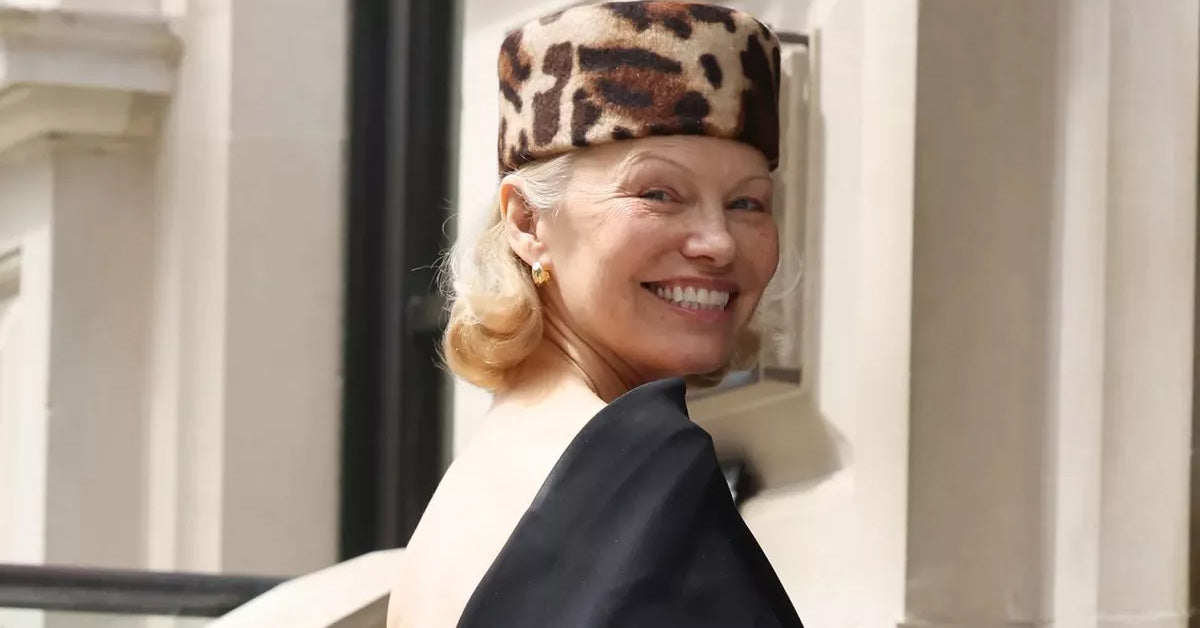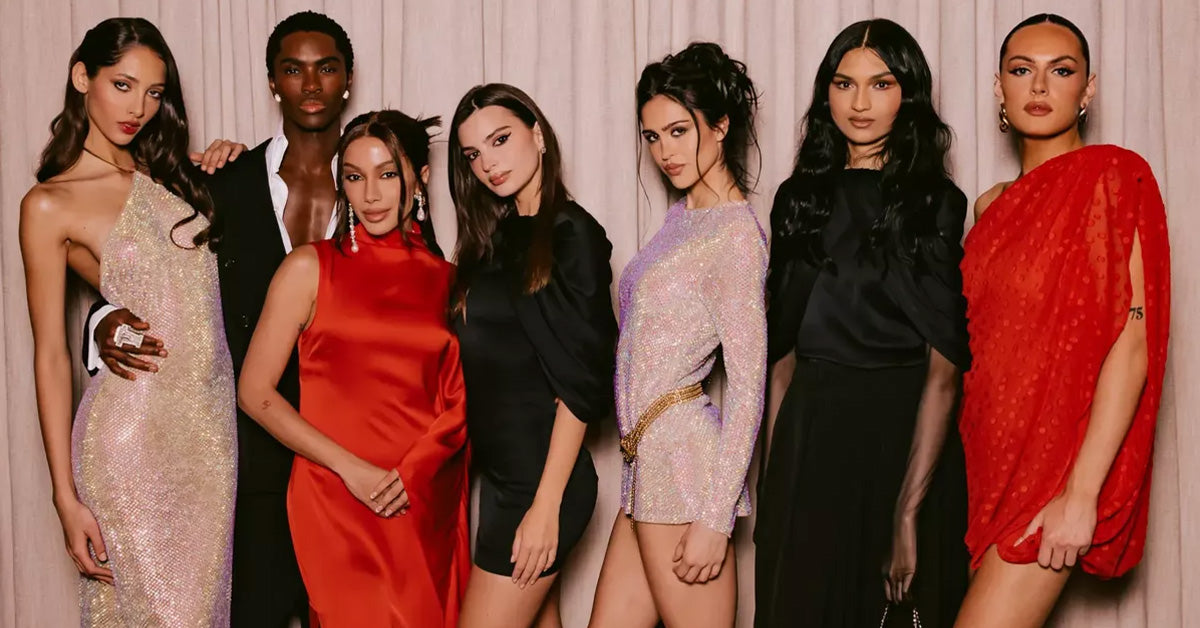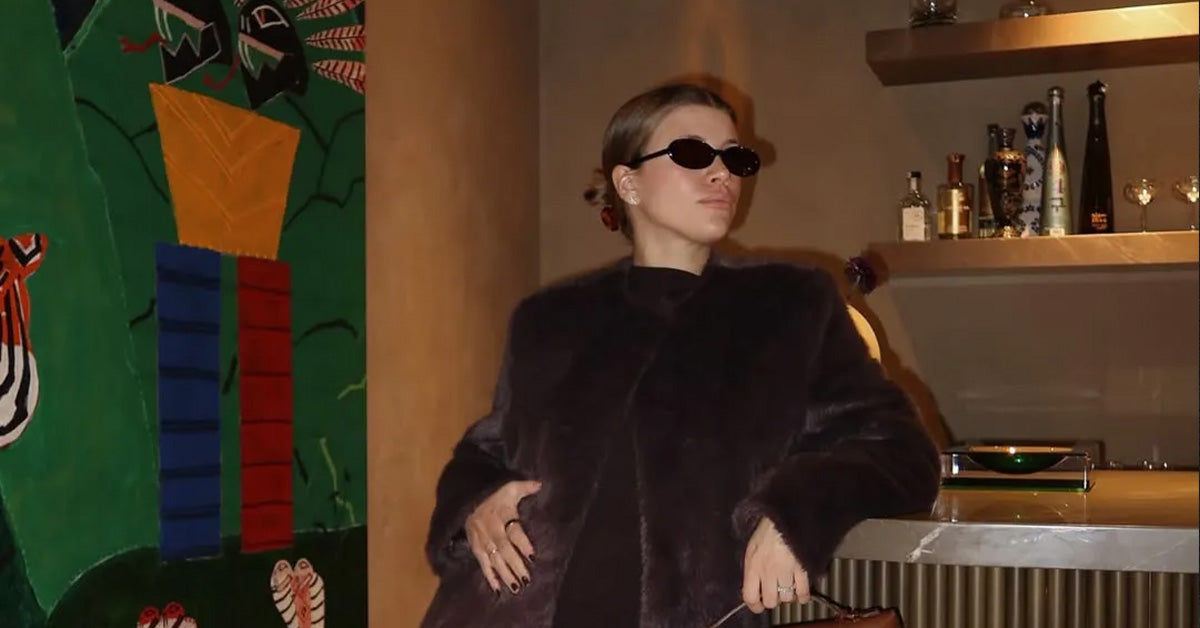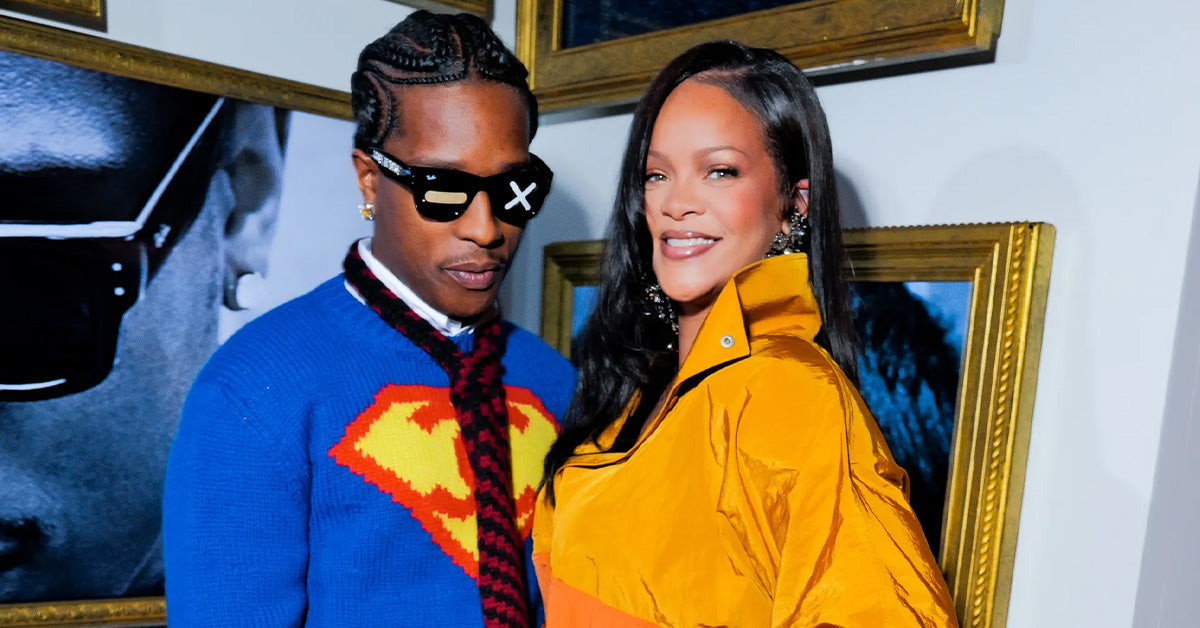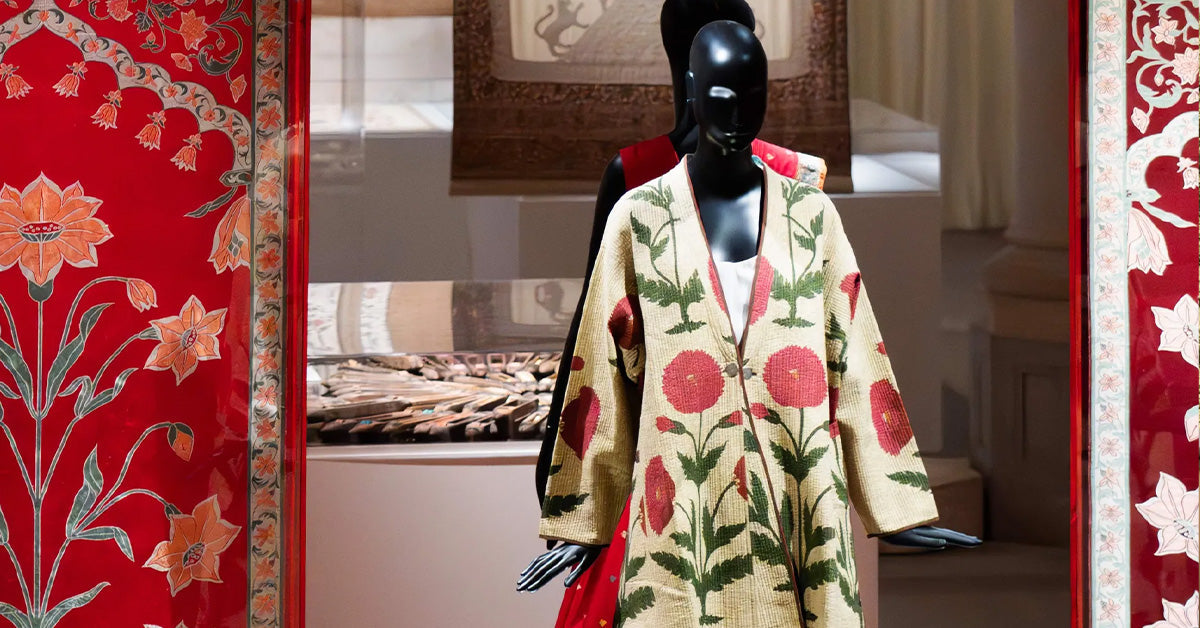Introduction to Goth Fashion
Goth Fashion is one of the most iconic and enduring styles in the world of alternative fashion. Emerging in the late 1970s and early 1980s alongside the Goth music subculture, this fashion style is characterized by its dark, mysterious, and often dramatic aesthetic. Over the decades, Goth Fashion has evolved into a rich tapestry of substyles while maintaining its core elements of individuality and rebellion against mainstream trends.
In this article, we’ll delve into the origins of Goth Fashion, its defining features, its cultural impact, and the various substyles that fall under its umbrella. Whether you’re new to this aesthetic or a longtime admirer, this guide will provide a comprehensive overview of everything you need to know about Goth Fashion.
The Origins of Goth Fashion
The roots of Goth Fashion can be traced back to the post-punk movement of the late 1970s and early 1980s. Bands like Bauhaus, Siouxsie and the Banshees, and Joy Division played a pivotal role in establishing the Goth subculture, which combined dark, melancholic music with a distinctive visual style.
The term "Goth" itself was first used to describe this burgeoning subculture by music journalists. Soon, the fashion associated with the music became equally iconic, drawing inspiration from a variety of sources, including the Victorian era, medieval aesthetics, and punk rebellion. Over time, Goth Fashion developed into a unique cultural identity that continues to influence both alternative and mainstream fashion today.
Defining Characteristics of Goth Fashion
Goth Fashion is instantly recognizable due to its distinctive elements. While the style can vary widely based on personal preferences and substyles, some key characteristics include:
- Dark color palettes: Black is the dominant color in Goth Fashion, often accented with deep reds, purples, and other jewel tones.
- Victorian and medieval influences: Corsets, lace, high collars, and flowing fabrics are common features.
- Alternative materials: Velvet, leather, lace, and mesh are frequently used to create texture and visual interest.
- Statement accessories: Spiked chokers, silver jewelry, and ornate rings are staples in Goth wardrobes.
- Dramatic makeup: Pale skin, dark eyeliner, bold lipstick, and smoky eyes complete the look.
- Footwear: Platform boots, combat boots, and pointed shoes are popular choices.
These elements come together to create a look that is both elegant and edgy, allowing wearers to express their individuality and embrace their darker aesthetic sensibilities.
Popular Substyles of Goth Fashion
Over the years, Goth Fashion has diversified into several substyles, each with its own unique twist on the classic Gothic aesthetic. Here are some of the most popular substyles:
- Traditional Goth: The original Goth style, heavily influenced by the post-punk music scene. Think leather jackets, fishnet tops, and dramatic makeup.
- Victorian Goth: Inspired by the Victorian era, this substyle emphasizes corsets, lace, long skirts, and antique accessories.
- Cyber Goth: A futuristic take on Goth, blending industrial elements with neon colors, PVC fabrics, and cyberpunk influences.
- Romantic Goth: A softer, more ethereal version of Goth, characterized by flowing gowns, floral motifs, and poetic elegance.
- Pastel Goth: A modern hybrid that combines traditional Gothic elements with pastel colors and a playful, kawaii aesthetic.
These substyles demonstrate the versatility and creativity within the Goth Fashion world, allowing individuals to tailor the aesthetic to their personal tastes.
The Cultural Impact of Goth Fashion
Goth Fashion is more than just an aesthetic—it’s a cultural statement. It challenges societal norms, embraces individuality, and provides a sense of community for those who feel disconnected from mainstream culture. Over the years, Goth Fashion has influenced pop culture, from films like The Crow and Beetlejuice to the runway collections of high-fashion designers like Alexander McQueen and Rick Owens.
In recent years, Goth Fashion has experienced a resurgence in popularity, thanks in part to social media platforms like Instagram and TikTok. These platforms have allowed a new generation of Goths to share their style, connect with like-minded individuals, and keep the subculture alive and thriving.
FAQs About Goth Fashion
-
Q: What defines Goth Fashion?
A: Goth Fashion is characterized by dark color palettes, Victorian and medieval influences, alternative materials like velvet and lace, dramatic makeup, and statement accessories.
-
Q: Is Goth Fashion only about wearing black?
A: While black is a dominant color in Goth Fashion, other dark and jewel tones, as well as some lighter colors in substyles like Pastel Goth, are also embraced.
-
Q: Do I have to listen to Goth music to dress in Goth Fashion?
A: While Goth Fashion originated from the Goth music scene, many people adopt the style for its aesthetic appeal without being part of the music subculture.
-
Q: Can Goth Fashion be worn casually?
A: Absolutely! Many people incorporate Goth elements into everyday outfits, such as dark makeup, jewelry, or clothing with subtle Gothic details.
-
Q: Is Goth Fashion still relevant today?
A: Yes, Goth Fashion remains highly relevant and continues to evolve. Its influence can be seen in both alternative and mainstream fashion, as well as on social media.

